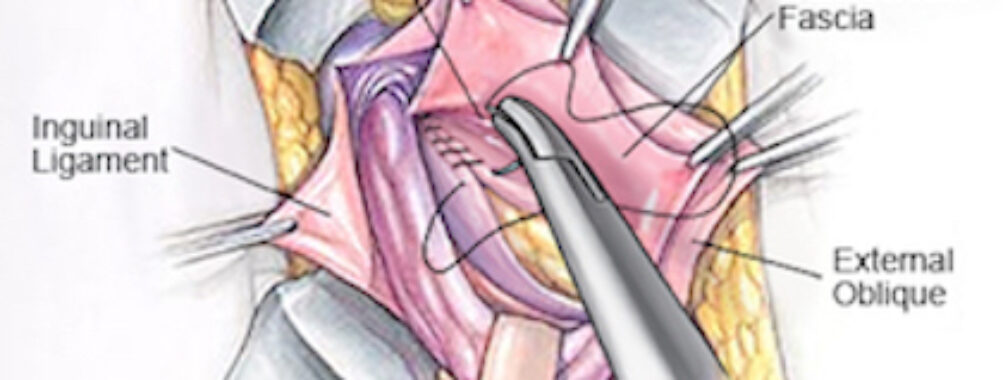
Some common types of non-mesh hernia repair techniques include
Some common types of non-mesh hernia repair techniques include:
- Shouldice Repair: This method involves using layered sutures to strengthen the weakened abdominal wall without mesh. It’s often used for inguinal hernias and has a long history of success.
- Bassini Repair: An older technique where the surgeon stitches together the muscle layers of the abdominal wall. While effective, it’s less commonly used today compared to modern methods like mesh or Shouldice repair.
- Desarda Repair: In this method, a strip of healthy muscle is used to reinforce the hernia site, avoiding the use of synthetic materials.
- McVay Repair: This technique is similar to the Bassini repair but involves anchoring tissue to a different part of the abdominal wall, mainly used for femoral hernias.
Non-mesh repairs are often preferred by patients or surgeons who are concerned about the potential complications related to mesh, such as infections, chronic pain, or mesh erosion. However, they may require more technical skill, and the recurrence rates can sometimes be higher compared to mesh-based repairs, depending on the surgeon’s expertise and the type of hernia.

* * * Unlock Free Spins Today: https://garoude.com/index.php?vgv4np * * * hs=3a75efa96d6087865939b684fa25d699* ххх*
ps6ewa
Adalyn2261
https://shorturl.fm/FwXNR
Clara3699
https://shorturl.fm/FUhHy
Felix101
https://shorturl.fm/qckpr
Phyllis2393
https://shorturl.fm/CEshU
Aisha2460
https://shorturl.fm/v5CJs
Mateo856
https://shorturl.fm/fLzjF
Melissa907
https://shorturl.fm/7oJpr
Pamela2532
https://shorturl.fm/oc5tG
Evie2449
https://shorturl.fm/9Brl2
Claudia3049
https://shorturl.fm/O0eh0
Henrietta1414
https://shorturl.fm/0pKLD
Maureen4399
https://shorturl.fm/IcOMY
April3929
https://shorturl.fm/wE7UE
Dana4354
https://shorturl.fm/WZeRS
Ellie3446
https://shorturl.fm/tvfle
Gabriela4334
https://shorturl.fm/nzM5n
Damian255
https://shorturl.fm/oXN3m
Stanley2334
https://shorturl.fm/W7yp9
Marissa472
https://shorturl.fm/gchcA
Devin1974
https://shorturl.fm/NcueT
Gage2960
https://shorturl.fm/kYKdZ
Mitchell1348
https://shorturl.fm/jXyrt
Ava6
https://shorturl.fm/Z3aTk
Katelyn2443
https://shorturl.fm/v8DSA
Dylan4935
https://shorturl.fm/z0Xfh
Brendan3091
https://shorturl.fm/6pFGZ
Molly297
https://shorturl.fm/QAhj2
Ebony785
https://shorturl.fm/UWbre
Eli2287
https://shorturl.fm/d7w38
Jonah929
https://shorturl.fm/Ggjek
Ricardo3614
https://shorturl.fm/0zLqx
Payton3546
https://shorturl.fm/IJ8Vt
Manuel3693
https://shorturl.fm/Al8jt
Haiden4904
https://shorturl.fm/WuUlw